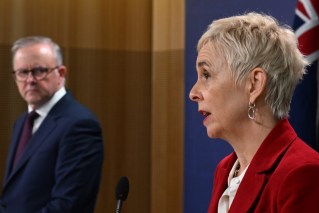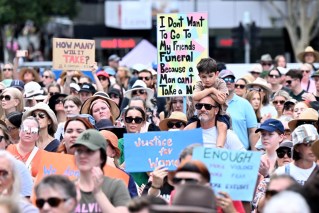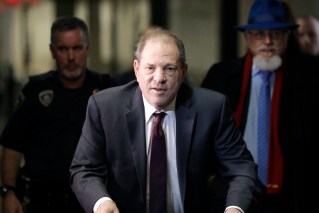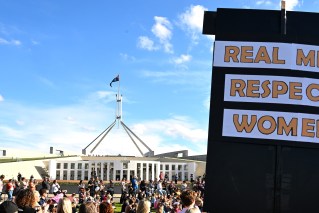Please make it stop: Call for change of direction after RBA hikes rates for 10th straight time
The Reserve Bank has delivered its 10th straight hike in interest rates lifting the cash rate 25 points to 3.6 per cent, indicating there was more to come and it would be “some time” before inflation was back to the target.

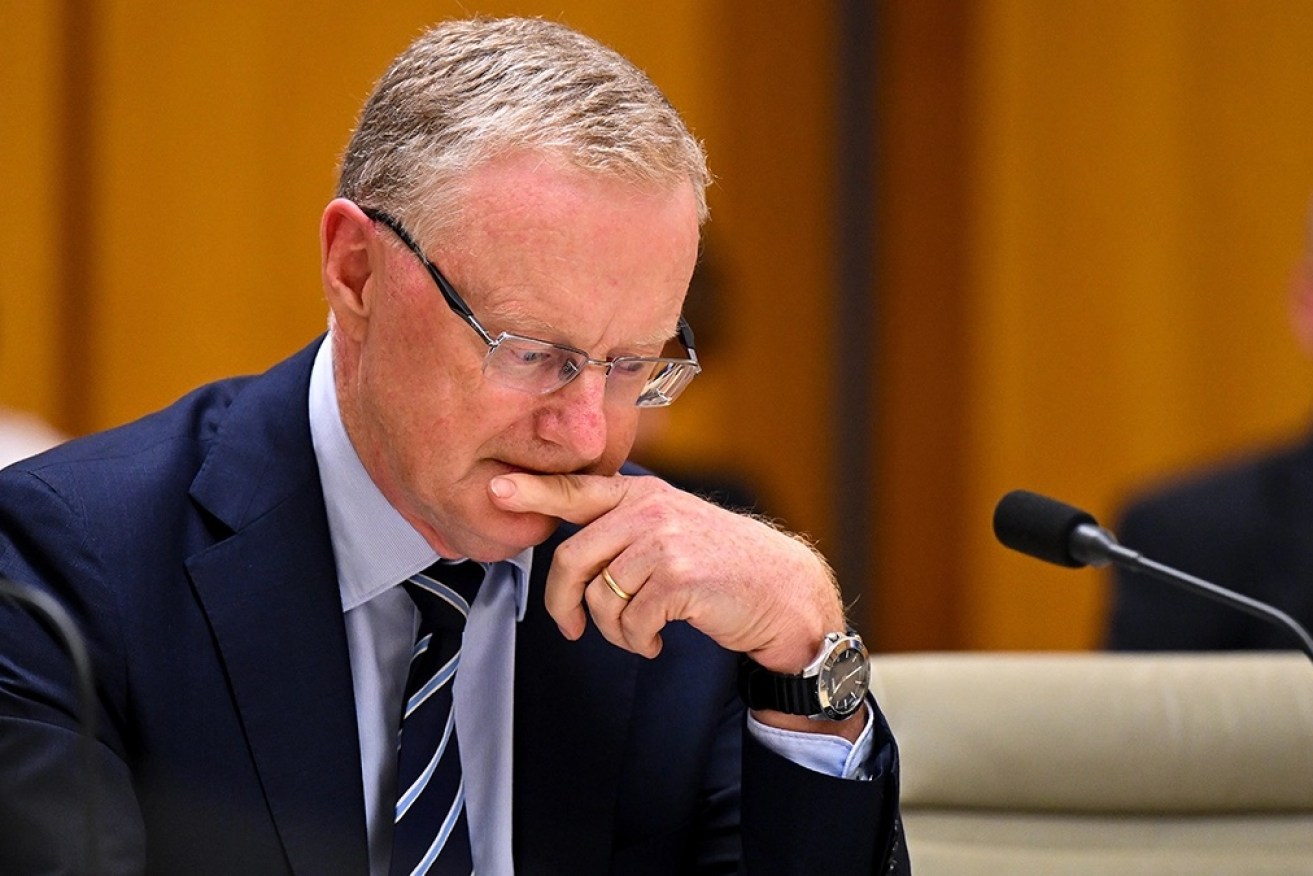
RBA governor Philip Lowe. (Image: AAP)
The increase has been widely condemned by business and other sectors of the community and will increase the serviceability test for borrowers to about 9 per cent.
CoreLogic said the fall in house prices, which many thought had come to an end, could reaccelerate following today’s increase.
Deloitte Access Economics noted said that despite acknowledging that inflation has peaked, that the economy was slowing, and wages weren’t the threat they thought they would be, the RBA board lifted rates anyway.
“The decision is the 10th consecutive increase since May 2022 and comes after National Accounts and CPI data released last week revealed that both economic growth and inflation have slowed faster than expected, making the wisdom of this decision hard to understand,” Pradeep Philip, Head of Deloitte Access Economics said
The hike was likely to be passed on by all the banks and Canstar said it would mean an extra $82 a month in repayments for a $500,000 loan lifting the overall increase since April last year to $1084 a month.
For a $750,000 loan the repayments have jumped $123 a month for a total since April of $1626 in repayments.
The RBA was now accepting that some households were “experiencing a painful squeeze” on their budgets but others retained a substantial savings buffer.
Real Estate Institute of Queensland chief executive Antonia Mercorella said, while the public had been warned of another hike, it was concerning that it was happening at such a rapid-fire pace with 10 hikes having little impact on inflation.
“You’ve got to be wondering when the RBA might stop and think whether this approach is still the right course of action, because while they are aiming to reduce inflation via these consistent rate hikes, it’s clearly not working,” she said.
She said supply side issues were the cause of continued inflation, not domestic demand.
“Energy costs, lack of new land supply and natural disaster impacts are all large contributors to inflation,” she said. “Interest rate increases do nothing to address the cost-of-living crisis that these factors are driving.
“It cannot be left to mortgage holders to do all the heavy lifting to fix our economic woes.”
The Australian Chamber of Commerce and Industry chief executive Andrew McKellar added to the chorus calling for an end of the rate hikes.
“Escalating interest rates mean more small businesses are struggling to keep up with loans on capital assets and buildings, as well as covering the ongoing costs of their operations,” he said.
“The Reserve Bank must be mindful of the cumulative tightening that’s already in the system and the lag effect of increasing interest rates. Households and small businesses have already stomached rapid rises and are still yet to experience their full effect.
“We are beginning to see signs that Australia has reached a turning point on inflation with negative household consumption growth and slowing economic activity recorded in the December quarter. At the same time the heat is beginning to come out of the jobs market.”
The increase came despite RBA Governor Philip Lowe accepting that the economic data showed inflation had peaked in Australia and growth was moderating and likely to be below trend.
Goods prices were expected to moderate over coming months, but service price inflation remained high and rents were still increasing at the fastest rate in many years.
“The board expects that further tightening of monetary policy will be needed to ensure that inflation returns to target and that this period of high inflation is only temporary,” Lowe said.
“In assessing when and how much further interest rates need to increase, the board will be paying close attention to developments in the global economy, trends in household spending and the outlook for inflation and the labour market.
“The board remains resolute in its determination to return inflation to target and will do what is necessary to achieve that.”
Economists who parse every word of the RBA statement for subtle hints to the board’s thinking said previous references to “increases” in interest rates over coming “months” had been dropped but “further tightening of monetary policy will be needed”.
“It means that there’s at least one more hike to come,” IFM economist Alex Joiner said.
Lowe said wages growth was still consistent with the inflation target and recent data suggest a lower risk of a cycle in which prices and wages chased one another.
“The board, however, remains alert to the risk of a prices-wages spiral, given the limited spare capacity in the economy and the historically low rate of unemployment,” he said.
“Accordingly, it will continue to pay close attention to both the evolution of labour costs and the price-setting behaviour of firms.”

